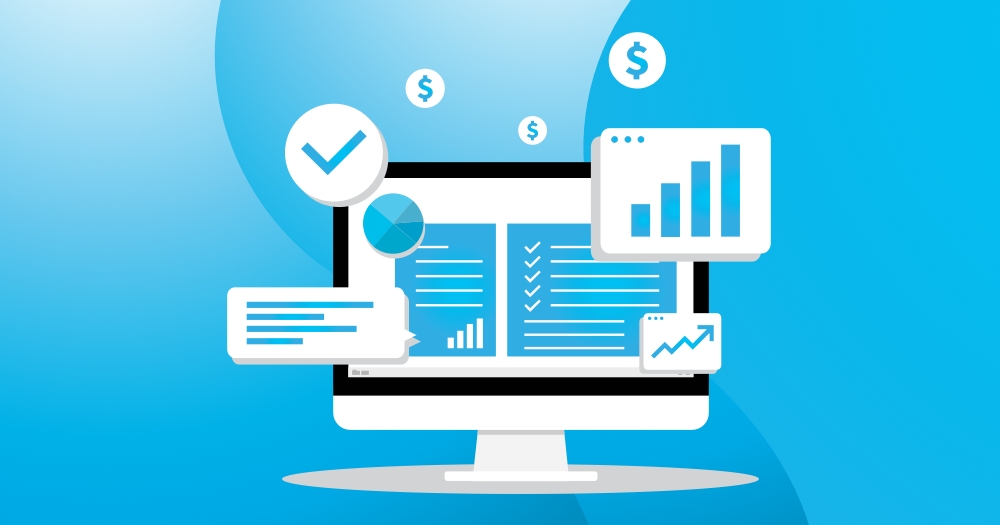Isn’t growing your revenue via an eCommerce channel the only reason why any business unit would like to invest in eCommerce?
Well, the answer is yes and no. There are a bunch of merchants who establish an eCommerce business store just for branding (In that case, should this just be a branding site without any eCommerce capabilities is a debatable point in itself), and on the contrary, there are businesses who only do business online via an eCommerce store.
The one question that most of the merchants ask is, “Is marketing spend going to help with my revenue target?” Again, no surprises here. The answer is, “yes.” But that alone wouldn’t bring sustainable revenue growth.
Furthermore, the other factors contributing to the marketing efforts or the overall revenue outlined below have proven to be effective in increasing the revenue for a broad spectrum of merchants.
Contents
Know your end users/customers

It sounds cliché, right? In most cases, business units understand their customers well enough to a certain extent but do not get into the finer details. For instance, you might know that the customer wants to simplify the checkout process. Here the ultimate goal would be to understand the challenges the customers face along with the checkout process. It could be as simple as making your text more readable, or it could be a little more complicated, like reducing the number of steps in the checkout process. This can be identified by interviewing customers, having internal brainstorming sessions within the organization, and talking to the website’s implementation partner.
Choosing the right eCommerce platform

It’s very critical to choose the right eCommerce platform upfront. This way, the Total Cost of Ownership (TCO) is kept to a minimal, and the platform is also scalable. It’s highly recommended that you go with any of the well-established eCommerce platforms rather than building things altogether from scratch. Some of the most common eCommerce platforms are SAP Hybris, Magento, Shopify, and BigCommerce. In these platforms, there is already a solid foundation to get started with things without much of an effort and at a minimal cost. Choosing the right platform depends on a lot of factors which is not limited to: cost, functional requirements, the type of business (B2B, B2B2C, B2C, Hyper-Local), and current and expected traffic/load (customers, products, and orders to name a few).
It’s necessary to have a responsive website (to render the content on multiple form factors like mobile, laptop, or tablet). Again, the debate here is on whether a mobile app is required? It’s not critical to have an app unless your business demands it. This is because not many would want to download multiple apps on their devices. Instead, if a tremendous visual appeal could be given to the customers with an app-like experience, that’s more recommended. There are evolving technologies like Progressive Web App (PWA), which can be leveraged if need be. For more info on PWA, please read our blog here.
UI/UX & Content

Defining the user experience (UX) flow helps in engaging your customers and creating a low effort experience. This is accomplished by defining user stories for every interaction made with the website by the user. This is when the user journey is also established. It’s recommended to explore these with inhouse expertise or by hiring a UX partner to help with this. This is a very critical step, as this could potentially hamper/limit the options down the road. This might also be a good time to discuss about creating brand awareness and building the right marketing content. With respect to content, it’s not just the banners; it’s also got to do with the product names, descriptions, meta-information (for SEO), cross-sell/upsell related products, to name a few, which is critical to be defined. Once the UX is defined, the User Interface(UI) elements can be integrated by your team, and target the customers as deemed fit.
In today’s world, personalization plays a crucial role. Catering to marketing-based content and products specific to each of your customers is a prerequisite for more than an add-on. Personalization could be multiple things not limited to geo rendering, pricing, currencies, promotions, banners, user experience, and customer-specific features.
Omnichannel Experience

As an extension to building user journeys, it’s also essential to provide an omnichannel experience (applicable based on the business model). This is where you integrate your various sales channels. For example, if there is a centralized inventory and your selling offline and online, integrating these two channels is critical. Also, consider a scenario where you order online and pick up from the store. These give users opportunities to interact with multiple channels and gain confidence, thus making your brand more trustworthy, along with providing users to shop from you on their terms.
Marketing & SEO

Marketing, as you might be aware, is one of the key channels by which you may bring in more leads to your site and subsequently enable conversions based on the content and parameters that we had talked about thus far. Some of the critical marketing efforts could be around PPC (Pay Per Click), keyword research, promotion campaigns, and creating targeted blogs.
SEO plays a more vital role, as this is how you bring organic traffic to your website, hence making it a lot more valuable by letting your site look more authentic. Some of the key components of SEO which have a direct impact on the revenue are URL optimization, keyword optimization, canonicalization (eliminate the duplicate content page crawled by Google), enriching meta information and product information, configuring search engine robots and sitemap, and generating quality backlinks and URL redirections.
Analyze and Iterate

Another common misconception that merchants have is that “Now that I have invested on my site, I should start receiving traffic/revenue. Once you have a solid foundation established, analysis and iteration is very critical. This is an opportunity to understand user behaviors, analyze heat maps to understand what is stopping customers from making a purchase, products/categories getting more traction vs. the ones which aren’t, to name a few. Also, perform A/B testing (Have two or more user experiences and see how customers react to both experiences and keep updating) if you would like to understand customers better.
The strategies mentioned above play a significant role in helping you reach more customers online, along with increasing your business revenue. We hope that this blog was helpful to you in implementing the right strategies for your business. For more such content, read all our blogs here.




